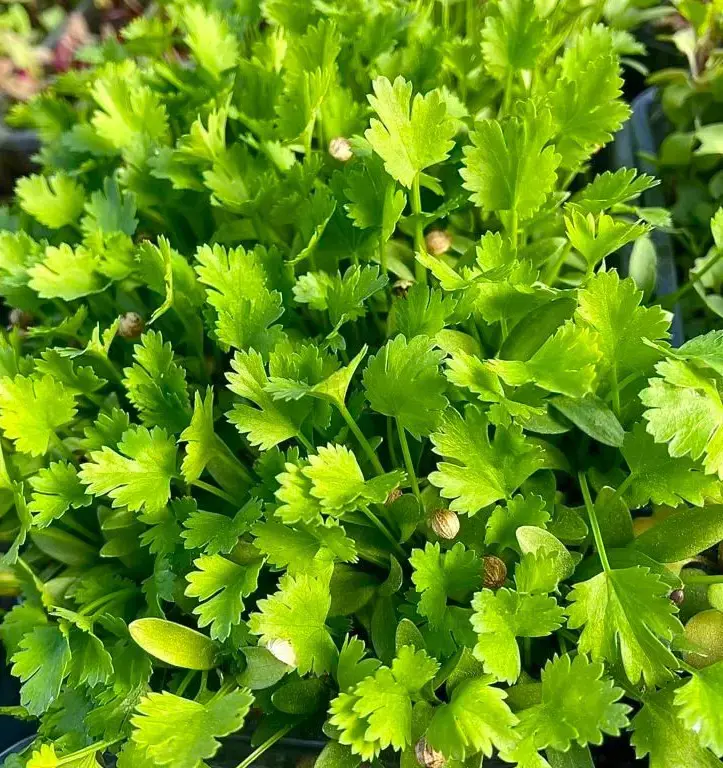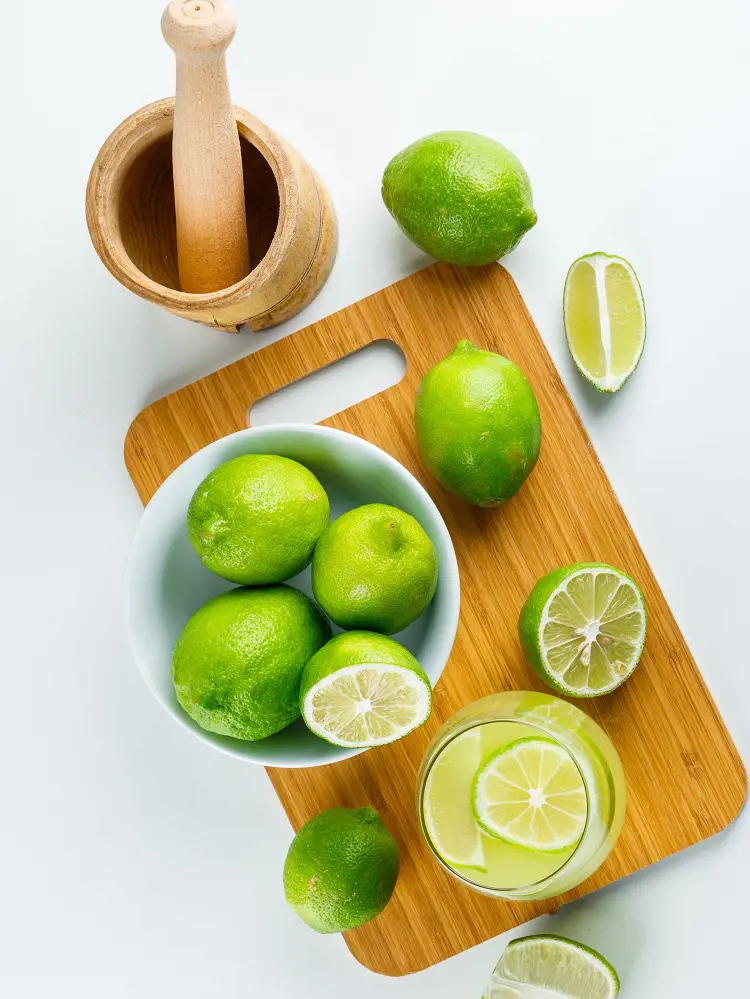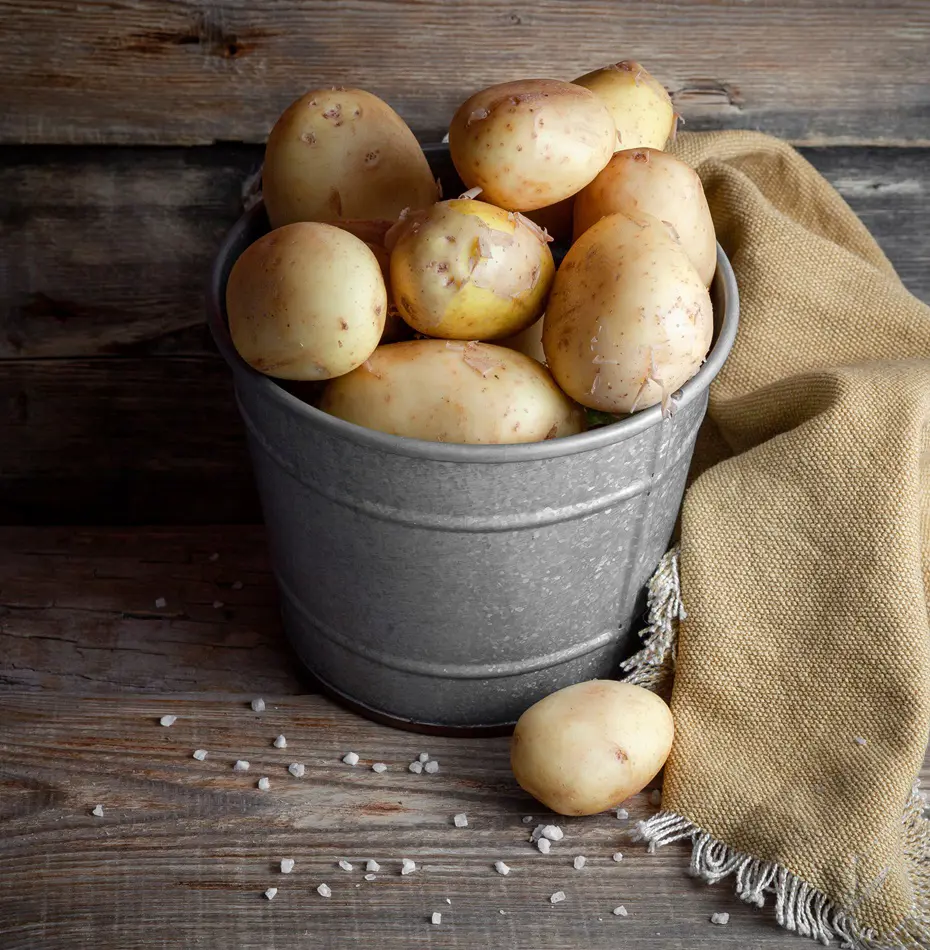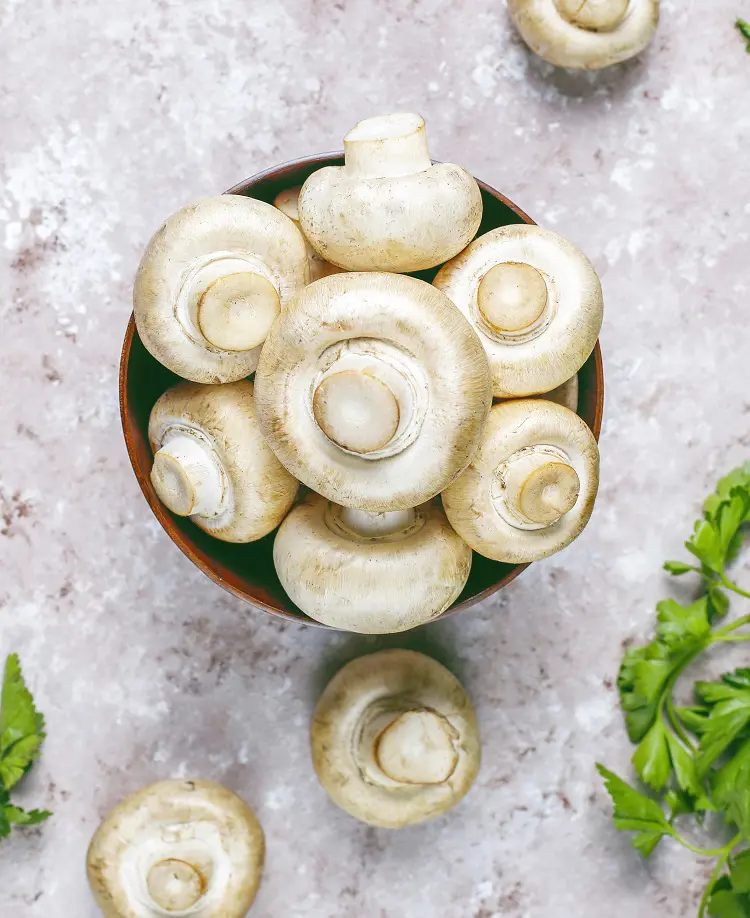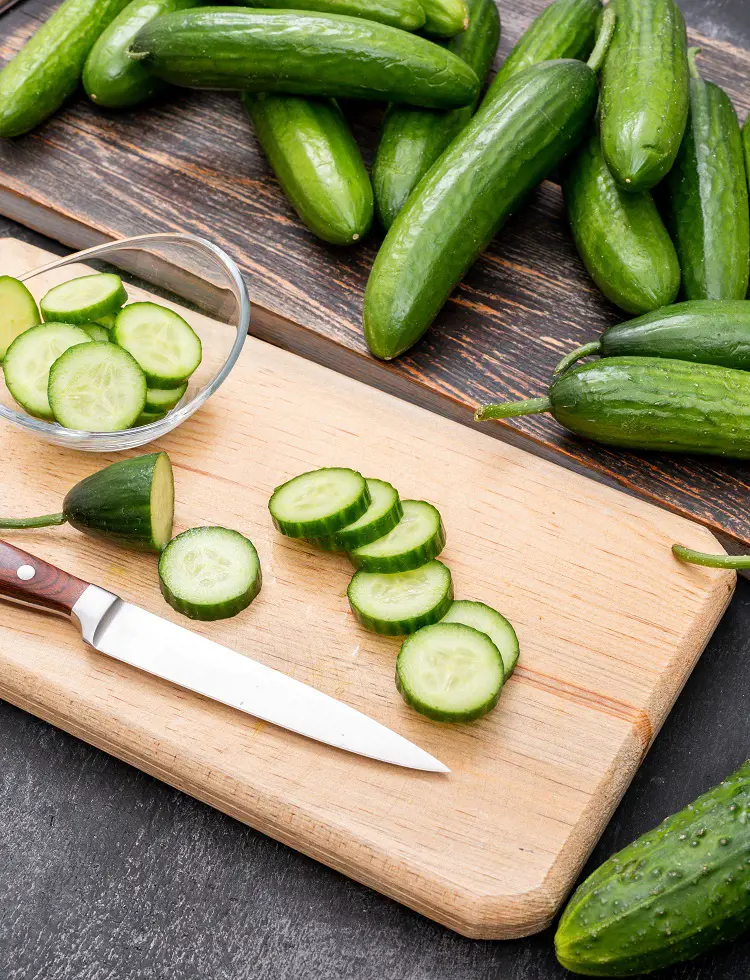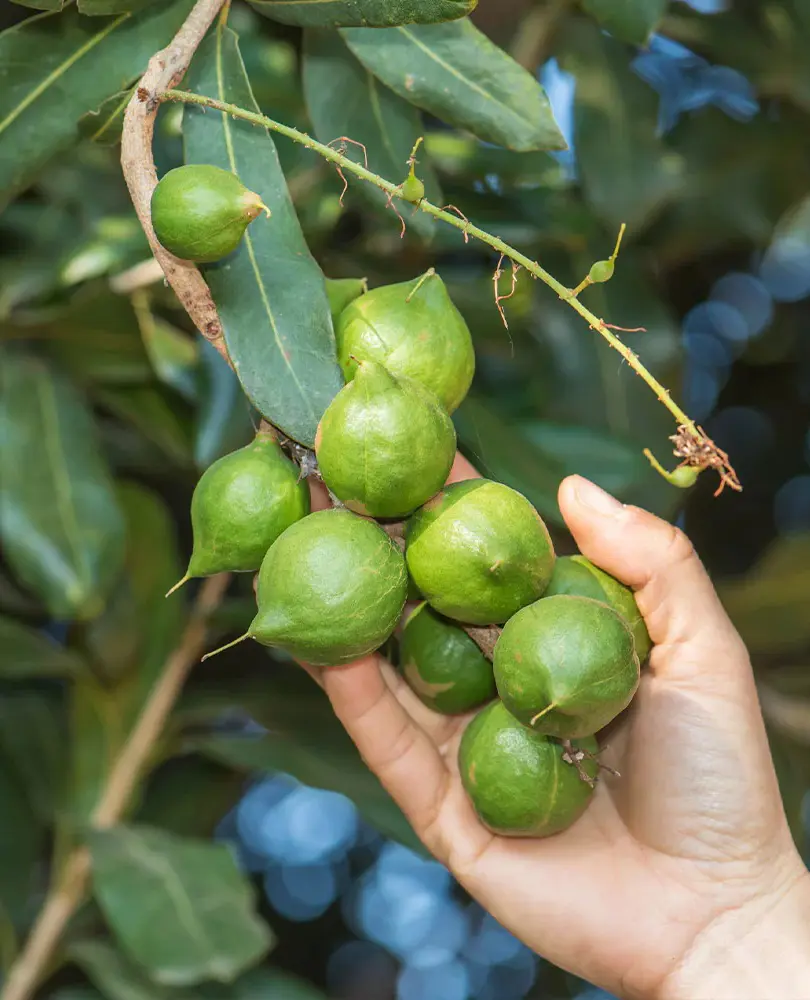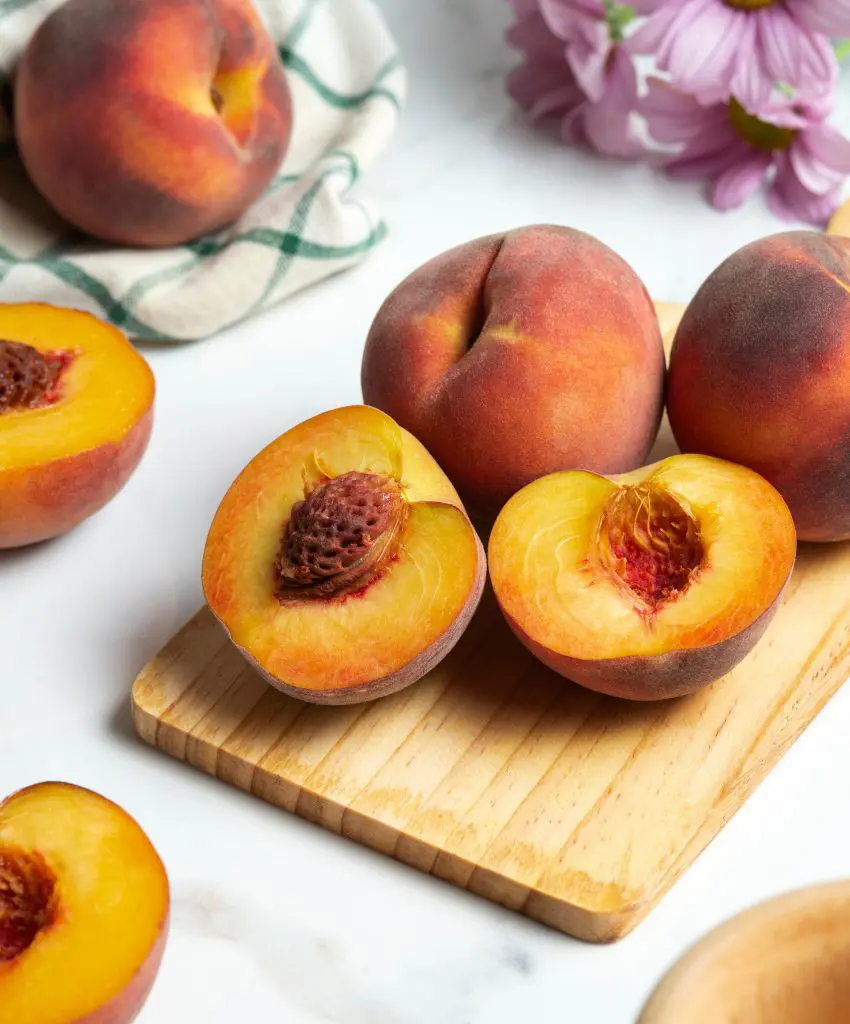
As a peach lover, you probably get excited during peach season. To make the most of the very short season, you buy more peaches than you can realistically eat, only to end up rushing to finish them before they go bad.
One solution is to make peachy jams and compotes or use them in smoothies. But for you, nothing beats the satisfaction of a peach in its natural form. Fortunately, you can store these peaches in ways that allow you to enjoy them leisurely. So, here is everything you need to know about how to store peaches.
What Are Peaches
Peaches are classified as stone fruits. They have a fuzzy yellow, orange, or soft red peel and yellow or white flesh with an inedible seed in the center.
Peaches are one of the many refreshing fruits of summer because they are in season from May to September. This might vary depending on the climate of the country.
There are more than 300 types of peaches, but all of them fall under one of the two categories.

Cling or clingstone peaches:
The first category is the clingstone. Peaches of this have flesh attached to the pit and, therefore, require a little prep work before you can eat them.
So, they are best eaten out of hand like apples. In general, these peaches are canned as they are sweeter.
Freestone peaches
Freestone, on the other hand, refers to ones where the pit is not attached to the flesh. It is easy to remove the pit, like an avocado.
You can eat, bake, and freeze these peaches because peeling and slicing are convenient. Most of the peaches in supermarkets or at farmer's markets are freestone.
How to Select Peaches
Enjoying juicy, sweet peaches all year round starts with selecting the right peaches. Whether you harvest from your garden or buy them, your pick matters.
If you are harvesting them from your garden, ensure you have done everything to grow and care for peach trees. Below, we have listed some top tips for choosing the perfect peach.
Look at The Color
The first thing we always look at when buying produce is the color. This applies to peaches as well. A perfect peach has vibrant tones and color.
You are not looking for a specific color like red, orange, or green like other fruits. You should look for vibrant skin color. There might be discolored parts or uneven coloring on the peach, but this does not mean they are spoilt.
It just means the part received less sunlight from a leaf blocking it. However, do ensure those parts do not have green tones. It is a sign that the peach was not ready when picked.
Smell and Touch the Peach
You should select peaches at varying degrees of ripeness to match your eating timeline. Peaches that are firm but not hard with a sweet fragrance need a few more days. They are crunchy and can be used in salads.
Soft peaches with a slight give are ripe and ready to eat. But if you want to store them for future consumption, it is better to get more of the firm ones.
Go for Local Peaches
Farmers markets are where you will find some of the best local peaches. These peaches are picked when they are ripe and sold immediately. Shipped or transported peaches are underripe so that they hold up better.
Additionally, buying peaches at the farmers market means you have sellers who can guide you in the buying process until you get the hang of it yourself.
Taste the Samples
If they are samples, always say yes, especially if you cannot choose between the varieties.
You might like a sweet white peach or tart yellow peach. Either way, you will not know your preference until you have a taste.
How To Store Ripe Peaches?

Ripe peaches should be eaten immediately, but if you cannot finish them in a single sitting, store them at room temperature or in the fridge.
Room Temperature on Kitchen Counter/Dining Table
The best way to store ripe peaches is at room temperature. You can place the peaches on the kitchen counter or dining table. They will remain moist and delectable.
Keep in a cool, shaded area: Place the peaches in a cool, shaded area, away from heat or light, as it will speed up spoilage.
Single layer storage: Place peaches in one layer with the stem side down to reduce bruising. Avoid placing them in a fruit bowl where the peaches are squished and bashed on top of one another.
Remember to eat them: Do not forget about your peaches after you store them. Eat them before they spoil to reduce wastage. Before you eat them, ensure the peaches do not have mold or a fermented smell.
Stick It In The Fridge
When you need more time to consume your peaches, store them in the refrigerator. The cold temperature of the climate prevents the fruit from ripening further.
- Place in the Crisper Drawer: Ripe peaches should ideally be refrigerated in the crisper drawer because of humidity. This prevents hardening the surface of the peaches before they are fully ripe.
- Use a Breathable Bag: If you do not have a crisper drawer, wrap the peaches in the thin produce bag from the grocery store. This will facilitate air circulation and reduce the moistness that causes mold.
- Avoid Overcrowding: Do not pile them. Lay them in a single layer. Overcrowding brings about bruising, which leads to rapid deterioration.
- Check on the peaches: Check the peaches for signs of soft spots, molds, and fermented smell, as these indicate spoilage. Cut off peaches that may have molds to avoid spreading the disease to the other peaches.
Additional Tips
Fresh peaches can be squashed easily since they are soft and succulent. Handle the peaches with care when you are storing them. If not, they will end up with bruises and spoil faster.
Fruits like apples and bananas release ethylene gas, causing neighboring fruits to ripen. For this reason, store your peaches separately.
How To Store Unripe Peaches?
Unripe peaches require careful handling to reach their true delicious potential. Being gentle will assist in increasing the rate at which the fruits ripen or leaving the peaches to ripen naturally on their own.
Room Temperature
Peaches ripen to their full potential without manipulation, and if you want to enjoy that, keep them at room temperature. This method is ideal if you are not in a hurry to use those peaches.
The steps and tips are the same as for ripe peaches- keep in a cool, shaded area (kitchen/dining) in a single layer with the stem side down. The only difference is that you might need to store the unripe peaches this way for longer than ripe peaches because they last longer.
Paper Bag Method
If you do not have time to wait for naturally ripened peaches, you can store the unripe peaches in a paper bag
- Put the unripe peaches in a brown paper bag. The paper bag retains the ethylene gas produced by the peaches and speeds up the ripening process.
- Seal the bag tightly and poke a few holes using a fork. The hole allows air circulation, which is essential to prevent moldy peaches. Place the paper bag at room temperature.
- You can add an apple or banana to the bag to further speed up the ripening process. These fruits release ethylene gas, which helps with the ripening.
- Check on the peaches occasionally to see if they have reached your desired ripeness. You can gently squeeze the peach.
How To Store Cut Peaches
If you are left with a half-eaten peach because you could not finish the whole thing, you should cut it up before storage. For that, you should:
- Cut the peach into slices or cubes of your desired size, or go for larger slices as they oxidize slower.
- Remove the Pit. You can grow a peach tree from the pit if you want. Brush it with a citrus or acidic fruit (like lemon or orange juice) to prevent oxidation.
- Then, store the cut peaches in an airtight container. The air in the fridge might dry the peaches, so use a container that seals shut tightly.
- If you are layering, place parchment papers between layers to prevent sticking.
- Pop the container in the fridge and maintain an optimal temperature range of 32-40 °F or 0-4 °C if possible.
- Cut peaches stored this way last for 1-3 days. Remember to check for spoilage before consumption.
Can You Freeze Peaches
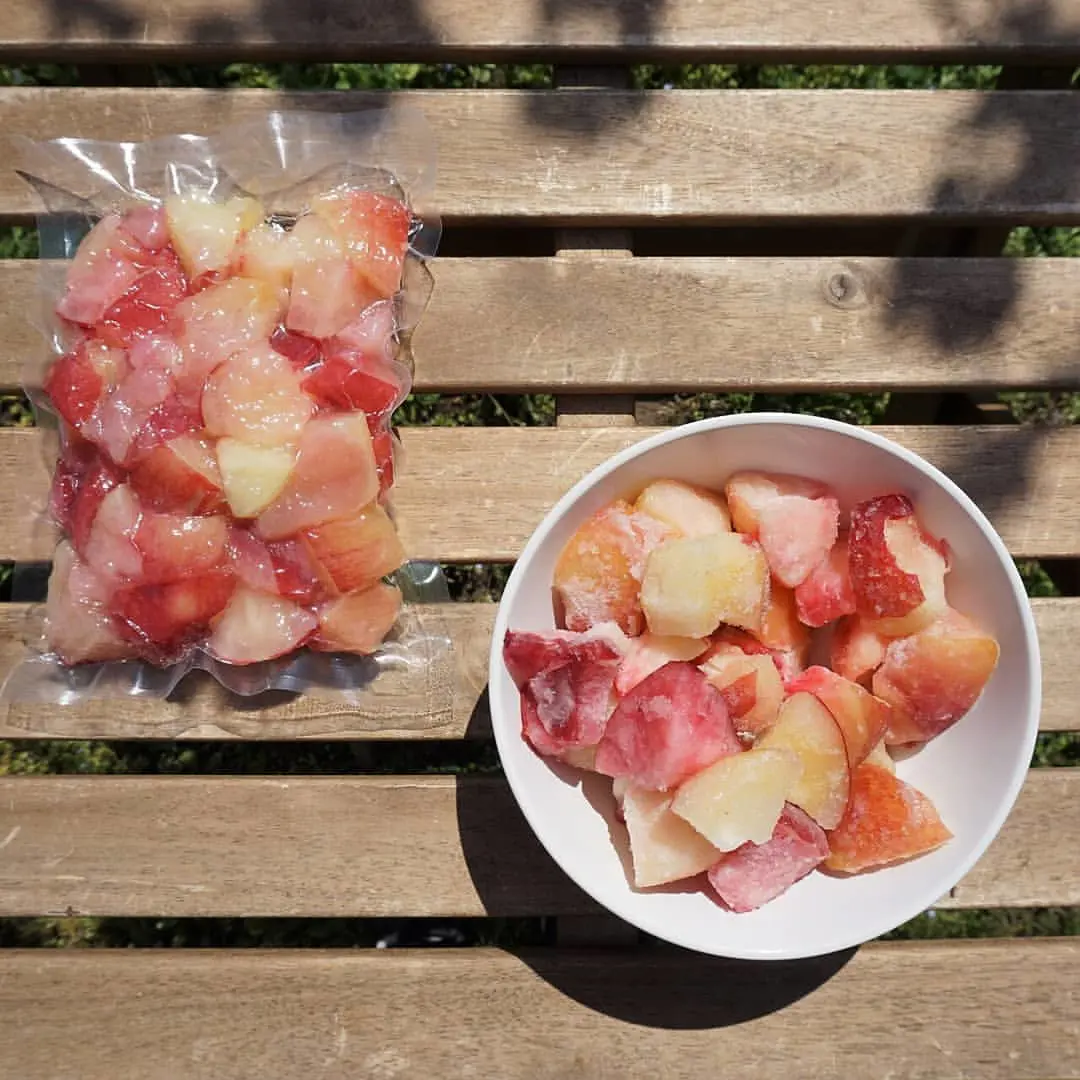
Yes, you can freeze peaches. Freezing is a great way to preserve large quantities of peach harvest so that you can enjoy them during the off-season.
They hold well in the freezer with little degradation in flavor and texture.
How To
Before you start the process, ensure you have everything you need- a baking tray and zippered plastic bags or containers. Then remove the skin by blanching the peach in boiling water for a minute and then duking it in ice to prevent cooking the peach.
After that, the skin should come off easily. You can skip this step if you plan to use the peaches in smoothies or eat it as it is. Then, remove the pit and cut peaches into wedges or cubes.
Sprinkle lemon juice or sugar on the peach to maintain the texture and color during freezing. Lay the peaches on parchment-lined baking sheets and freeze them for 3 hours until firm.
Transfer the frozen peaches freezer-safe sealable bag or container and label them with the date. The peaches are safe to use for the next 12 months.
Alternative Preservation Methods

If you are seeking preservation methods other than freezing, you can the peaches. Canned peaches maintain their quality for 12-18 months.
Sterilize jars: Use jars that seal properly and sterilize the jars and rings.
Fill water bath canner: Pour water into the canner. The water should cover 2 inches of the jar once they are immersed in the water. Bring the water to a boil, then reduce to a simmer.
Peel peaches: Remove the peach skin by blanching it in hot water and giving it an ice bath. Remove the pit as well and cut the peach into large slices. Fill the jars with sliced peaches and tap the jar on the counter once it is full. You can also add spices in the jar.
Add sugar syrup: For the sugar syrup, mix 2 cups of sugar with 6 cups of boiling water. Stir well to dissolve the sugar. Pour the syrup into the jar, leaving 1/2'' headspace at the top. Tap the jars to release air bubbles.
Wipe the jar and rims with a clean rag. Place the lids on top of the jars and secure with the rings.
Process the jars in the water bath: Gently place the jars in your hot water bath. Add more water to the canner if the water does not cover 2 inches. Cover the water bath canner with the lid and process the jars for 25 minutes.
Remove and rest: After 25 minutes, remove the lid and allow the jars to rest in the pot for 5 minutes. Then, place the jars on top of a kitchen towel to rest.
Check seals: After a few hours, check the seals to ensure they are sealed before you store them. When you press on the center of the lid, you should not hear or feel it pop back at all. You can process them in the water bath if they do not seal properly.
Store: You can store the canned peach once the jars cool completely.



